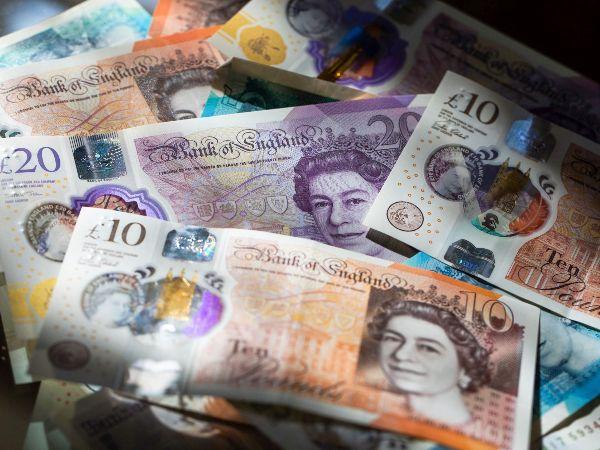GBP/USD comes under pressure due to US debt ceiling concerns, ahead of the Federal Reserve’s (Fed) decision. Risk aversion among investors due to the growing concerns surrounding the US banking crisis has resulted in a slight dip of the Pound Sterling (GBP) against the US Dollar (USD). This is happening while the US debt ceiling theme is taking center stage ahead of the Fed’s decision. As of now, the GBP/USD is trading at around the 1.2470-80 areas after dipping towards 1.2435.
Despite JP Morgan’s acquisition of the First Republic Bank on Monday, investor sentiment continues to deteriorate. The US bank crisis remains a concern as the KBW Regional Banking Index has dropped more than 6%, the lowest it has been since November 2020.
The GBP/USD has dropped due to a risk-off impulse triggered by the US Secretary of the Treasury, Janet Yellen’s comments that her office would not meet all the US government obligations by the beginning of June, as written in a letter to the US Congress. However, the GBP/USD’s fall was cushioned as data from the Bureau of Labor Statistics (BLS) in the US revealed that job openings for March were below estimates, and Factory Orders had increased, exceeding estimates.
On the UK front, the report shows that British factory output and new orders contracted at the beginning of Q2, but input costs rose to their weakest level since May 2020.
As investors brace themselves for the Fed’s May meeting that ends on Wednesday, the GBP/USD uptrend may stall. Money market futures odds indicate a 25 bps rate increase with a probability of 87.3%. However, traders estimate three rate cuts by the end of 2023, which is contrary to expectations for further tightening by the Bank of England (BoE).
Technical analysis reveals that after dipping to a weekly low of 1.2435, the GBP/USD found support at the 20-day Exponential Moving Average (EMA) at 1.2437. Although the pair printed back-to-back bearish candlesticks, a daily close below the latter will exacerbate a fall to the last week’s low, April’s 21 cycle low at 1.2367. Conversely, if GBP/USD buyers reclaim the 1.2500 figure, a re-test of the YTD high at 1.2583 is likely to happen, ahead of 1.2600.

